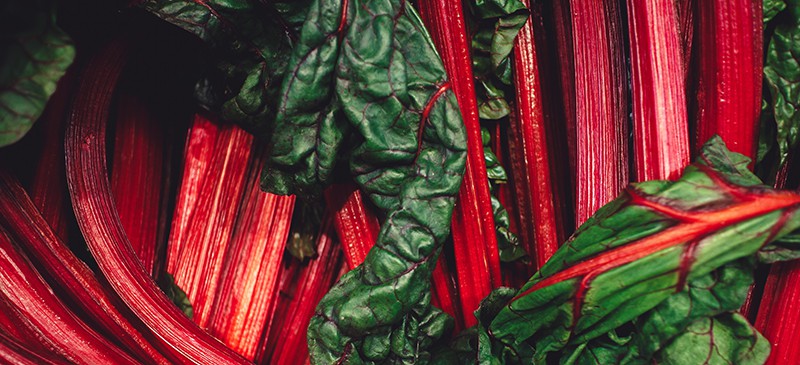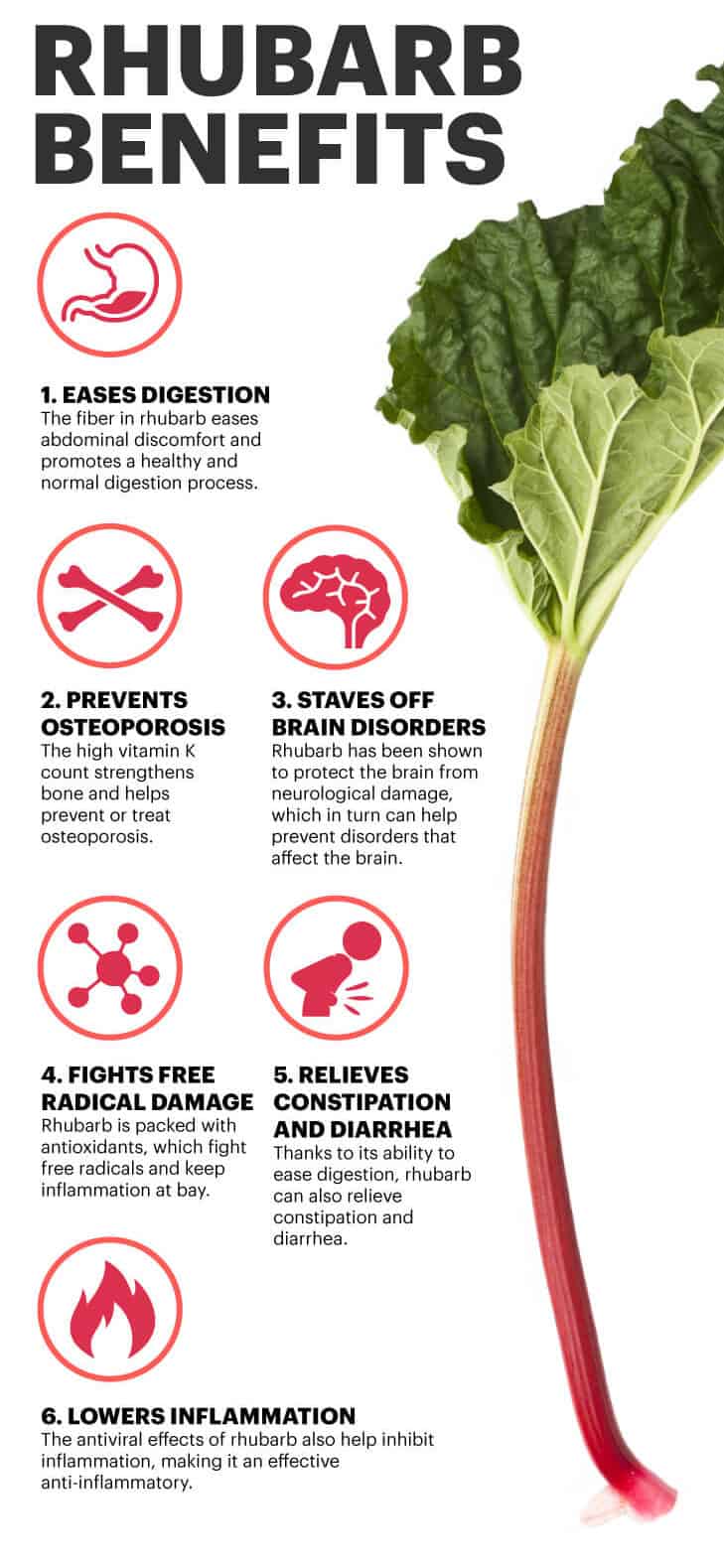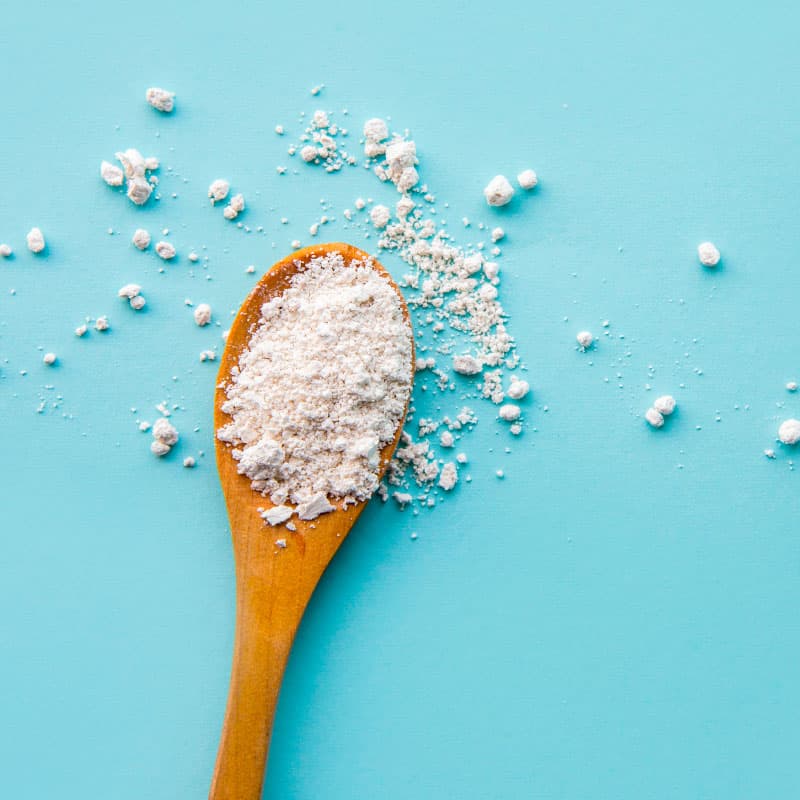This Dr. Axe content is medically reviewed or fact checked to ensure factually accurate information.
With strict editorial sourcing guidelines, we only link to academic research institutions, reputable media sites and, when research is available, medically peer-reviewed studies. Note that the numbers in parentheses (1, 2, etc.) are clickable links to these studies.
The information in our articles is NOT intended to replace a one-on-one relationship with a qualified health care professional and is not intended as medical advice.
This article is based on scientific evidence, written by experts and fact checked by our trained editorial staff. Note that the numbers in parentheses (1, 2, etc.) are clickable links to medically peer-reviewed studies.
Our team includes licensed nutritionists and dietitians, certified health education specialists, as well as certified strength and conditioning specialists, personal trainers and corrective exercise specialists. Our team aims to be not only thorough with its research, but also objective and unbiased.
The information in our articles is NOT intended to replace a one-on-one relationship with a qualified health care professional and is not intended as medical advice.
6 Reasons to Eat Bone-Strengthening, Brain-Boosting Rhubarb
May 2, 2019

Rhubarb is most often thought of as a vibrant fruit because of its sweet, tart taste, particularly since it’s most often found in bakery-style creations, such as a rhubarb pie. But did you know that it’s actually a vegetable? It’s true, but that doesn’t make classifying it any less complicated. While technically it is a vegetable, legally it’s considered a fruit due to a 1947 court ruling. Talk about confusing.
What’s not confusing is that its ability to taste like fruit while actually being a vegetable makes rhubarb recipes both delicious and plentiful. Plus, this power-packed plant is loaded with important vitamins, minerals and antioxidants, all of which can bring big benefits when it comes to your health.
What Is Rhubarb?
Rhubarb is a perennial plant that is known for its distinct flavor and vivid color. It grows from short, thick rhizomes and has triangular leaves as well as brightly colored stalks. Although the rhubarb plant was originally used in many forms of traditional medicine, it has become a popular ingredient in a wide range of desserts, including pies, crisps and cakes.
It is most often found at farmers markets and grocery stores by the stalk, much like celery. Spring is the best harvest time, typically from April to June. The stalks are easily recognizable by their bright pink color and are also found in light pink and pale green colors, which has nothing to do with the ripeness or sweetness. However, the stalks and flowers are the only edible parts of the plant. This is very important to know since the leaves are actually poisonous.
What Does Rhubarb Taste Like?
When eaten alone, this fruit-like veggie is very tart. That is why it’s mostly seen in pies and jams or stewed with lots of sugar and other sweet fruits, such as strawberries. While the stalk, known as the petiole, is the most common edible component, the unopened flowers are also edible and considered a delicacy in northern Asia.
Is Rhubarb Poisonous?
Although cases of rhubarb poisoning are very rare, it’s important to exercise caution when eating it, especially if you’re preparing the plant at home for use in your favorite recipes. Why? Certain compounds in the plant can actually be harmful to health.
So what part of rhubarb is poisonous? The stalks and flowers are the only edible parts of the plant while the rhubarb leaves can actually be toxic due to the presence of compounds like oxalic acid and anthraquinone glycosides. Symptoms of poisoning can include difficulty breathing, a burning sensation in the mouth and throat, nausea, and diarrhea.
Health Benefits
1. Eases Digestion
As a high-fiber food, adding this vegetable to your diet may be an effective way to help ease digestion. A study was conducted on burn patients at the Burn Treatment Center of Shanxi Province at Tisco General Hospital in China to assess how rhubarb could ease abdominal discomfort and promote a healthy and normal digestion process. The study focused on the relief of bloating and stomach discomfort while also promoting regularity.
Interestingly enough, researchers concluded that rhubarb could help protect the intestinal wall through the increased secretion of gastrointestinal hormones while providing normal contraction of the muscles that mix the contents of gastrointestinal tract.
2. Strengthens Bones
Rhubarb packs a good dose of vitamin K, which plays a central role in bone metabolism and may even offer protection against osteoporosis. This is because vitamin K is required for the carboxylation of osteocalcin, an important protein hormone that is involved in bone formation and bone turnover. According to a review published in Nutrition in Clinical Practice, vitamin K has a “positive effect on bone mineral density and decreases fracture risk.” This means it could be especially important to preventing osteoporosis and bone loss.
3. May Stave Off Brain Disorders
Rhubarb is a great source of antioxidants, which are powerful compounds that help fight free radical formation to protect and promote better brain health. In vitro research published in Molecular Medicine Reports evaluated the effects of varying concentrations of rhubarb extract on the neuronal damage caused by irradiation. Researchers found that treatment with the extract significantly decreased irradiation-induced inflammation in the brain, demonstrating the protective role of this extract against oxidative stress. This, in turn, could potentially help stave off brain disorders like Alzheimer’s, ALS and stroke, among others.

4. Fights Free Radicals
Rhubarb is a high-antioxidant food and contains a host of powerful free-radical scavengers like quercetin, which is a powerful antioxidant flavonoid that gives plants its color.
Research was conducted by the Northwest Institute of Plateau Biology at the Chinese Academy of Sciences to study rhubarb seeds. A free radical-scavenging method was used as the marker to evaluate the total antioxidant capability of the extracts. Ten free radical scavengers from extracts of the seeds were screened, five of which were identified and quantitatively analyzed, including epicatechin, myricetin, hyperoside, quercitrin and quercetin. All can be regarded as the major potent antioxidants in rhubarb seeds as they represented most of the total free-radical scavenging activity.
5. Relieves Constipation and Diarrhea
Rhubarb is often referred to for its laxative properties, which are used to ease bowel movements and promote regularity. It’s been known to help reduce strain during bowel movements and, in turn, can help ease the pain of hemorrhoids or tears in the skin lining of the anal canal, known as anal fissures.
As an herbal medicine, it can also help treat gastrointestinal discomfort that comes from constipation and diarrhea. This can be done by eating rhubarb, but it’s typically done through medicinal methods, such as tinctures, extracts and powders made from the roots and stalks of the plant. It’s crucial that you review these methods with your doctor, however, since overconsumption can aggravate any ailment.
6. Reduces Inflammation
Rhubarb has long been used in Chinese medicine for its healing properties. It is thought to help promote healthy skin, improve vision and aid in cancer prevention. All of this is due to its antioxidant content and its powerful role as an anti-inflammatory food.
One study out of Guangzhou, China found that rhubarb powder was effective at reducing inflammation and improving the prognosis for patients with systemic inflammatory reaction syndrome (SIRS), a serious condition that sometimes occurs in response to trauma or infection. Another study published in the Pakistan Journal of Pharmaceutical Sciences showed that rhubarb extract helped promote incision healing by reducing inflammation and blocking the growth of bacteria.
Related: The Antioxidant Power of Swiss Chard Nutrition
Nutrition Facts
Rhubarb is low in calories but high in fiber and key micronutrients like vitamin K, vitamin C and manganese.
One cup (about 122 grams) of diced, raw rhubarb contains the following nutrients:
- 26 calories
- 5.5 grams carbohydrates
- 1.1 grams protein
- 0.2 gram fat
- 2.2 grams fiber
- 35.7 micrograms vitamin K (45 percent DV)
- 9.8 milligrams vitamin C (16 percent DV)
- 0.2 milligram manganese (12 percent DV)
- 105 milligrams calcium (10 percent DV)
- 351 milligrams potassium (10 percent DV)
- 14.6 milligrams magnesium (4 percent DV)
How to Grow Rhubarb
Rhubarb is a perennial vegetable that can be easily grown at home for use in your favorite recipes, from rhubarb custard pie to rhubarb muffins and more. The plants grow from short, thick rhizomes. Rhizomes and roots grow underground — however, a rhizome is not a root, rather a stem that grows horizontally. Leaves emerge from the rhizomes and flower stalks, and flowers may develop later in the spring. While the stalks may be red, pink, green or some combination, the red- and pink-colored cultivars are most desired, likely because they have better flavor.
Planting
Start by picking an area to plant your rhubarb that receives full sunlight and is well-drained. It can be planted in fertile soil in the early spring or after fall. Be sure to space the plants around four feet apart and plant the roots just a few inches beneath the surface. Mulching with a layer of manure or straw can help the plant retain moisture and ward off weeds. It’s also important to water the plants regularly, especially during the summer, to promote proper growth.
Problems with Growing
One of the most common problems with growing rhubarb is crown rot, which is a fungal disease that is triggered by heavy soils and wet conditions. Therefore, it’s absolutely essential to plant it in well-drained soil or a raised bed to aid in the prevention of crown rot.
Frost is another one of the top rhubarb growing problems. The leaves of the plant contain high amounts of oxalic acid, which can leech into the stalks with frost. This can cause the stalks to turn black and limp, making them unfit for consumption. Therefore, it’s important to remove and discard any stalks that have been damaged due to frost. You can also help protect plants against unexpected freezing by using blankets, straw or sheets to provide insulation.
Additionally, be sure to avoid using chemical fertilizers and mix in compost or manure that is rich in organic matter to help promote growth. Direct contact with nitrates can actually harm the plant, especially within the first year of growth.
Harvesting
When harvesting, the stalks are carefully pulled or cut from the plant, and the poisonous leaves are removed right away. While some finicky eaters may refuse the rhubarb, many gardeners choose it due to the beautiful addition it offers their landscape thanks to the large leaves and colorful stalks. Harvesting should not take place in the first year, and it can take two or three years to yield a good harvest.
Wondering when to harvest rhubarb? It’s best to wait at least two years to start harvesting stalks, which strengthens the plant and allows it to become more productive. Rhubarb season runs from April through June. Plants can generally be harvested for a four-week period in the third year and for around eight to 10 weeks in subsequent years.
When should you not pick rhubarb, and can you pick rhubarb in the fall? Ideally, you should stop harvesting your plants by mid-June. Harvesting too late can decrease your yield and reduce the quality for the next year.
How to Eat Plus Recipes
Because rhubarb has a very tart taste on its own, it’s often combined with other sweet ingredients, like strawberries, to help balance out the flavors. Rhubarb cake, strawberry rhubarb pie and rhubarb bread are just a few of the most common dishes that feature this nutrient-packed ingredient. However, you can also use it to make a rhubarb sauce or salads, overnight oats, salsas, and chutneys.
You can also eat rhubarb raw, but it’s often recommended to cook it to decrease the oxalic acid content. There are plenty of methods for how to cook rhubarb. It can easily be roasted, stewed or baked. The veggie doesn’t need to be peeled, but it should be cleaned thoroughly and trimmed prior to use.
Rhubarb Recipes
There are plenty of simple yet delicious ways to add rhubarb “fruit” into your diet. From desserts to sauces to baked goods and beyond, the possibilities are endless with this versatile ingredient.
Need a little inspiration? Here are a few tasty recipes that you can start experimenting with at home:
- Strawberry Rhubarb Crisp
- Strawberry Rhubarb Popsicles
- Paleo Strawberry Rhubarb Pie Recipe
- Strawberry Rhubarb Chia Seed Pudding
- Strawberry Rhubarb Jam
How to Store Rhubarb
Fresh rhubarb goes bad quickly, so proper storage is key to maximizing shelf life. Ideally, store stalks in a plastic bag and keep in the crisper drawer of your refrigerator for up to five days. Freezing rhubarb is another option if you’re not planning to use it within a short period of time. Simply cut the stalks into small, one-inch chunks and place in a sealed, airtight bag. Frozen rhubarb can last up to a year and can be used as a substitute for fresh rhubarb in most recipes.
Risks and Side Effects
Rhubarb poisoning can occur when someone eats pieces of leaves from the plant. Medicinally, it can cause some side effects, such as gastrointestinal problems, and long-term use can cause additional health problems due to the oxalic acid contained in the leaves. Fortunately, cooking it can significantly decrease oxalic acid content and reduce the risk of adverse side effects.
If you’re pregnant or have kidney disease or liver problems, it’s best to consult with your doctor before taking it medicinally. There have been concerns with the combination of medicinal rhubarb and some medications as well, including diuretics or blood thinners. While eating the stalks of the plant is probably fine in moderation, be sure to check with your doctor if you have any questions as to the safety.
Final Thoughts
- Rhubarb is a plant often used in cooking and baking. It is known for its brightly colored stalks and distinct tart flavor.
- Note that the stalks and flowers are the only edible parts of the plant. The leaves are actually considered poisonous and can be harmful to health if consumed.
- What are the health benefits of rhubarb? Thanks to its stellar nutrient profile, some of the top rhubarb benefits include improved digestion, stronger bones and decreased inflammation. It may also help fight free radicals, stave off brain disorders, and relieve constipation and diarrhea.
- This versatile ingredient can be added to savory and sweet dishes alike, including baked goods, sauces, jams, salads and more.
- Best of all, it’s easy to grow at home and can even be stored in the freezer for up to a year for use in your favorite recipes.
Read Next: Bok Choy: A Top 3 Nutrient-Dense Vegetable that Battles Cancer









